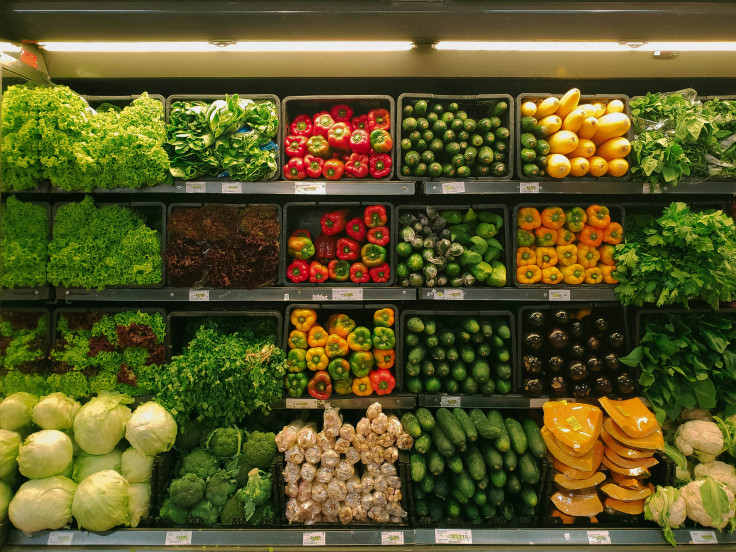
NEW YORK CITY - SNAP benefits are failing to cover the full cost of groceries in nearly all U.S. counties amid a continued inflationary context that increases the cost of living, a new study by Urban Institute shows.
The Supplemental Nutrition Assistance Program, also known as SNAP or food stamps, offers benefits to low-income families to supplement their grocery budget. But the report says the amounts are currently not enough.
According to the study, in the last quarter of 2023 there was a 53-cent gap between the $3.37 estimated cost for a modestly priced meal and SNAP's average maximum benefit of $2.84.
Although that gap shrank from 63 cents in the first three quarters of 2023, it still amounts to a monthly shortfall ranging between roughly $49 and $59 last year.
"The greatest shortcoming of SNAP today is that even with some of the changes that have happened over the last few years, benefits for most households are not enough to get through the entire month," said Jamie Bussel of the Robert Wood Johnson Foundation, which funded the study.
In fact, SNAP was unable to cover the cost of a modestly priced meal in at least 98% of counties across the U.S., according to the report.
This particular current was mostly felt in urban areas, the institute explains. By the end of 2023, urban areas had meal costs 28% higher, on average, than SNAP benefits. The gap was 17% for rural areas.
This trend follows years of fluctuation in SNAP benefits, which started during the COVID-19 pandemic. In 2021, the reevaluated Thrifty Food Plan increased SNAP benefits and dramatically reduced the share of counties with inadequate benefits to 21%, compared with 96% in 2020.
But despite these efforts, unprecedented food price inflation in 2022 and a lack of significant benefit adjustment in 2023 quickly rendered these gains obsolete.
The report's release comes ahead of a Thursday markup of House Republicans' $1.5 trillion farm bill, as advocates say proposed cuts could further undermine the federal food aid program.
SNAP has recently become the center of attention, as both House Republicans and Democrats have released two dueling versions for the farm bill, The Hill reports. Republicans particularly emphasize that they are not intending on cutting any current program benefits, but rather freeze them in place, essentially barring future presidents from increasing SNAP payments for any reason other than inflation.
The report argues that using "cost neutrality" methods, as some lawmakers are proposing in the farm bill, would ensure SNAP benefits do not meet families' nutritional needs and would eliminate pathways for making SNAP benefits adequate.
The Biden administration, on the other hand, has doubled down on the food program, announcing an extension of benefits for households with school-aged children of $120 per child while school is out of session for the summer.
© 2025 Latin Times. All rights reserved. Do not reproduce without permission.




